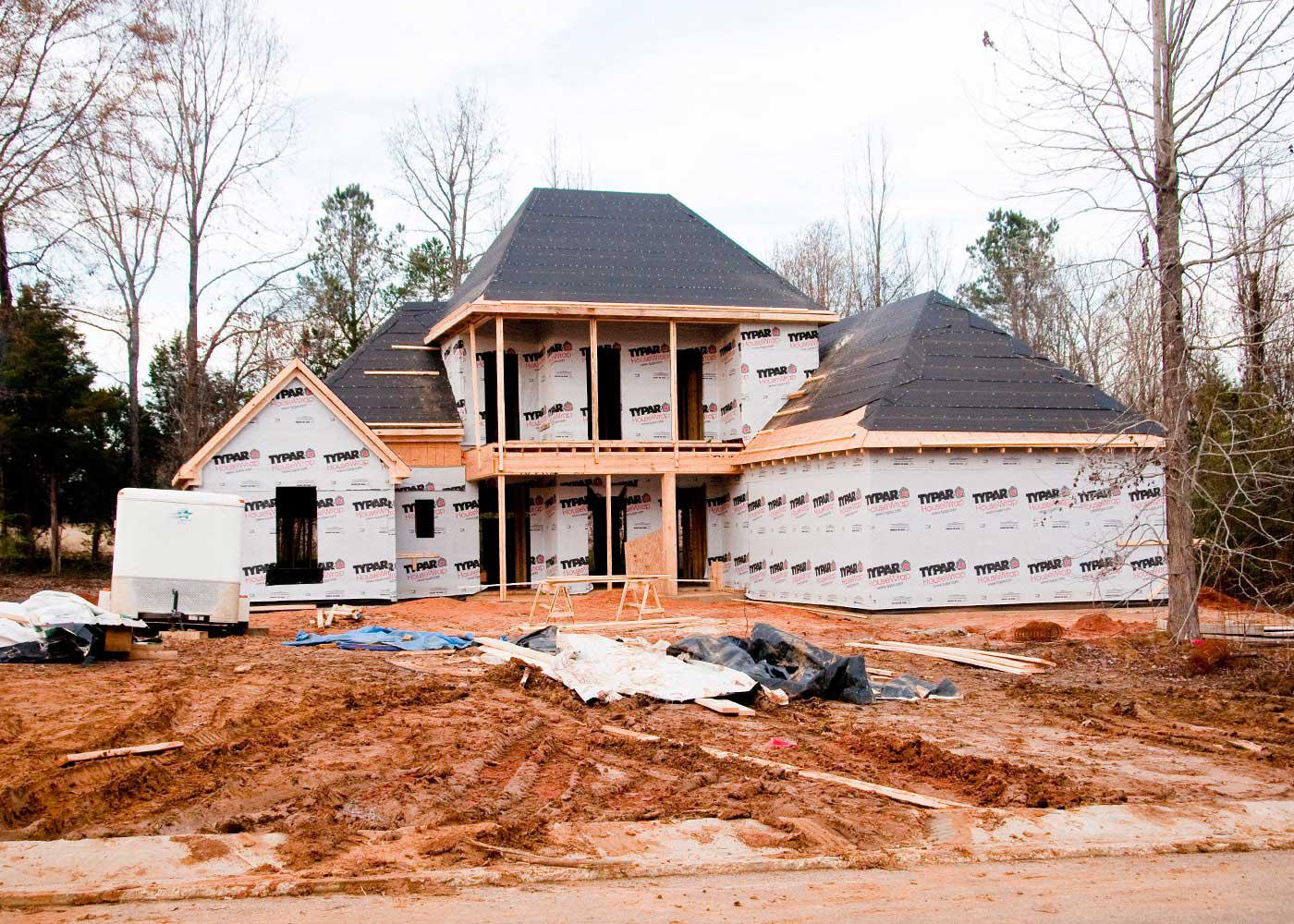Information Possibly Outdated
The information presented on this page was originally released on December 17, 2009. It may not be outdated, but please search our site for more current information. If you plan to quote or reference this information in a publication, please check with the Extension specialist or author before proceeding.
Decline in housing market hits forestry industry hard
By Patti Drapala
MSU Ag Communications
MISSISSIPPI STATE –The overall value of Mississippi’s 2009 timber harvest failed to reach $1 billion for the first time in 16 years, but unlike other crops, extreme weather was not the reason.
The estimated 2009 harvest value for timber is $817 million, down a steep 24 percent from 2008’s value of $1.08 billion. Blame one of the worst years ever for forestry and forest products on the dismal housing market.
“The No. 1 wood product in Mississippi is saw-timber, which is used to manufacture building materials,” said forestry specialist James Henderson of the Mississippi State University Extension Service. “With the decline in housing starts, there was a decline in lumber production that inevitably led to the decline in timber harvest value.”
When new construction falls off, many mills have no choice but to cut back production or lay off workers. Some went out of business.
“Many mills could not operate at capacity because the demand for mber was running behind what they needed to cover production costs, overhead and salaries,” said David Jones, Extension forest products specialist. “The mills that stayed open had to run skeleton crews so they could minimize the cost of start-up when the market improves.”
Timber landowners could not find many mills in a good position to buy.
“At least 11 mills in Mississippi closed this year,” Jones said. “That’s 10 percent of the mills that were operating at the beginning of 2009. If people aren’t building houses, no one’s buying lumber.”
The forest industry has a significant impact on Mississippi’s economy, generating more than $17.4 billion and providing 18.5 percent of the state’s jobs.
“The sheer number of people who work within the forest products industry affects employment, the economy and the landowner who is dependent upon selling timber,” Jones said. “Without forest products, there are no forestry opportunities.”
About 78 percent of Mississippi’s 18 million acres of forestland belongs to private, nonindustrial owners. Timber companies own about 10 percent, and the remainder is public land managed by state and federal governments. “
Timber companies are increasingly reliant upon private owners to manage the forests we have in the state and supply raw materials,” Henderson said.
Most materials harvested from these forests go into the manufacture of lumber and wood products for buildings. The current economic recession and the tightening of bank standards for loans have significantly reduced the number of housing starts in the construction industry. The rate of new starts in 2005 was 2.5 million units. In 2009, the rate fell to 529,000 units, a decline of 73 percent.
Lack of harvesting caused a decline in stumpage volume, which also affected the amount of severance taxes paid by landowners.
“It’s no surprise that stumpage volume for pine saw-timber is 27 percent below what it normally might be without the decline in housing starts,” Henderson said. “Severance tax collections are down considerably from last year, too.”
Despite a bleak year, there is some good news within the forest industry.“The decline in existing homes may spur new construction if consumers start buying again and homes are not available,” Henderson said.”
The first-time homebuyer tax credit enacted by Congress also has helped the forest industry. The tax credit, which was to expire at year’s end, has been extended to April 2010 and expanded to include all homebuyers.
If prices for timber get back on track in 2010, many landowners will again start harvesting and selling timber. Some mills could be back in business or increase their volume capacities.
An increase in consumer spending also could improve the economic outlook for timber. Many raw forest materials are manufactured into liners, boxes and packing materials for a variety of consumer goods. When consumers increase their spending, wholesalers and retailers buy these products to ship goods.
“We may not care about the box that the product came in, but the people at the mill do,” Jones said.
In the future, landowners may have a new market for timber during an economic downturn. Researchers are investigating the conversion of forest biomass into sources for alternative energy and fuel.
In some cases, this is already being done when power plants burn wood pellets or a combination of wood fiber and coal to generate electricity. Wood energy could eventually replace some markets for pulpwood and paper.
“We will probably have fewer mills that produce conventional wood products, such as paneling and flooring,” Jones said. “The ones that exist may be producing materials that can be processed into bioenergy and biofuel.”




